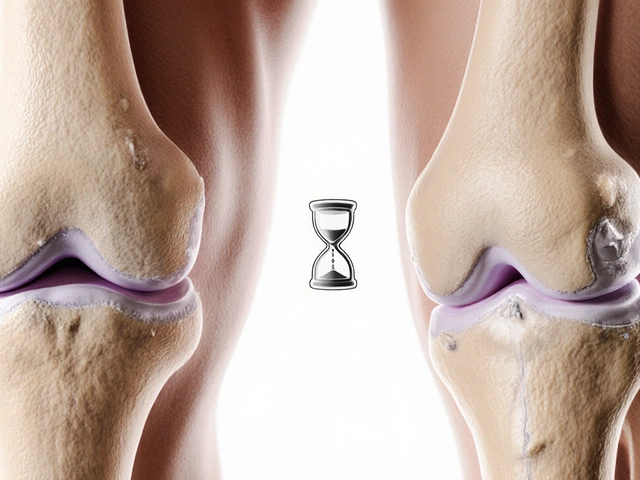Wondering when you can enjoy a refreshing shower after knee replacement surgery? Knowing the right time is crucial for your healing process. Each patient is unique, but there are general guidelines to follow. This article dives into when it's safe to shower, the types of bandages that impact timing, and essential tips for managing hygiene post-surgery.
Read MoreShower After Surgery – What You Need to Know
Getting out of bed and moving around after an operation can be tough. One of the first things many people wonder about is when they can safely take a shower. The answer isn’t the same for every surgery, but a few basic rules apply to most cases. Follow these tips and you’ll keep your incision clean without risking new pain or infection.
When Can You Start Showering?
Most surgeons let you start a gentle shower within 24‑48 hours if the incision is closed with staples, sutures, or surgical glue. If you had a major abdominal or chest operation, you might need to wait 3‑5 days. Always check the specific advice your doctor gave you – they know the exact healing timeline for your procedure.
Look for these signs before stepping into the bathroom:
- Bleeding has stopped or is very light.
- The bandage is dry and firmly attached.
- You feel steady enough to stand without dizziness.
If any of these aren’t true, hold off and call your surgeon’s office.
How to Shower Safely
Once you have the go‑ahead, keep the water lukewarm – not hot. Hot water can increase swelling and cause the dressing to loosen. Use a handheld showerhead if you have one; it lets you direct water away from the wound while you clean the rest of your body.
Here’s a step‑by‑step routine:
- Gather everything you need: clean towel, mild soap, a waterproof cover or plastic bag for the incision, and any prescribed ointment.
- Cover the wound with a waterproof dressing or a zip‑lock bag. Tape it securely so water can’t seep in.
- Turn the water to a comfortable temperature and let it run for a few seconds before stepping in.
- Wash your body with gentle soap, avoiding the covered area. Let the water flow over the dressing rather than scrubbing.
- When finished, turn off the water, remove the waterproof cover carefully, and pat the skin dry with a clean towel.
- If your doctor told you to apply ointment, do it now and replace the original bandage with a fresh, dry one.
Take your time. Rushing can cause you to slip or pull at the dressing. If you feel light‑headed, sit down before getting out of the shower.
For surgeries that involve joint replacements (like knee or hip), keep the affected limb elevated while you shower. This reduces swelling and makes it easier to stay balanced.
Remember to keep the bathroom floor dry. A wet floor is a common cause of falls, especially when you’re already weak from anesthesia.
If you notice any redness, increased pain, foul odor, or drainage after the shower, call your surgeon right away. These could be signs of infection.
In most cases, a short, warm shower won’t hurt your healing progress. It actually helps keep the skin clean and can improve your mood, which is important for recovery.
So, check with your doctor, wait for the right signals, and follow the safe‑shower steps. You’ll stay clean, avoid complications, and feel better faster.





